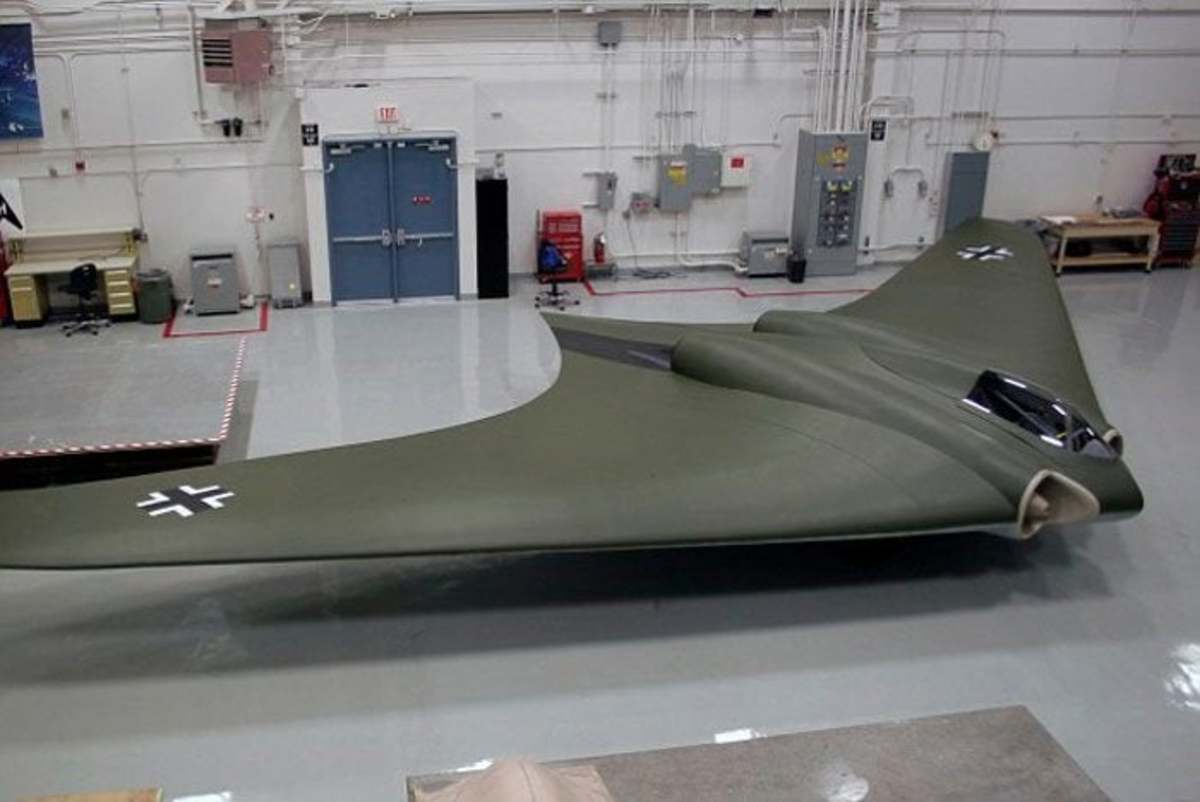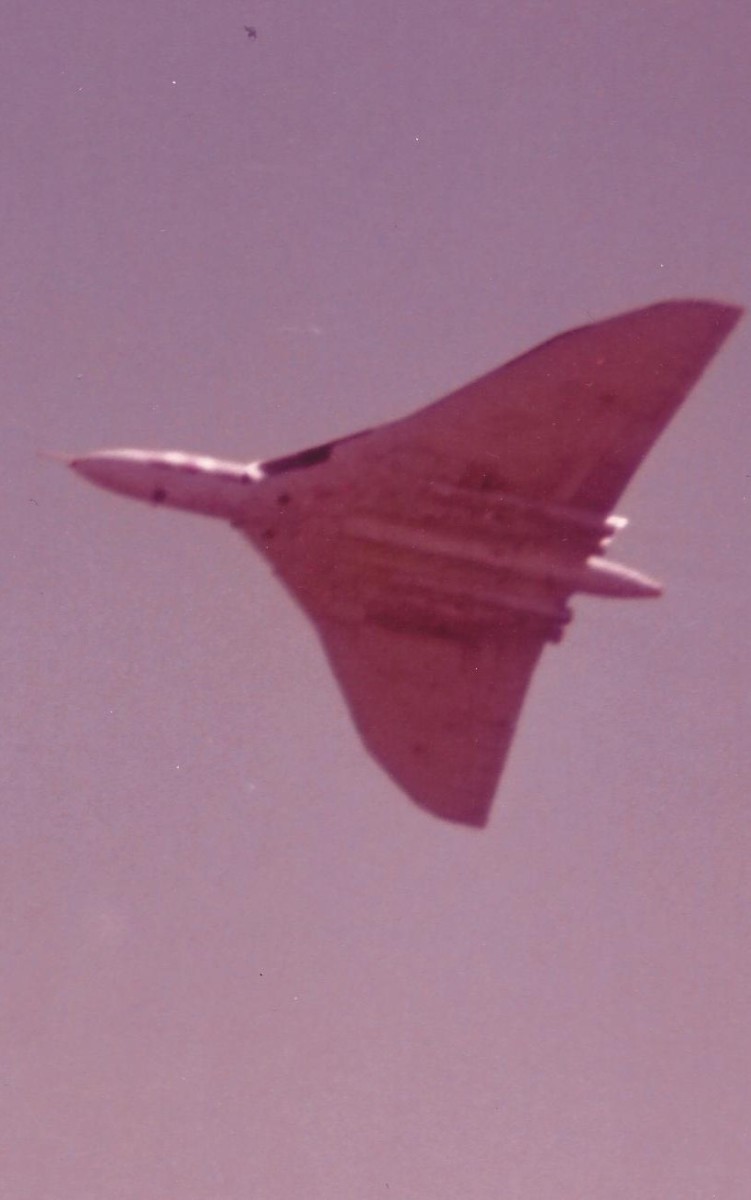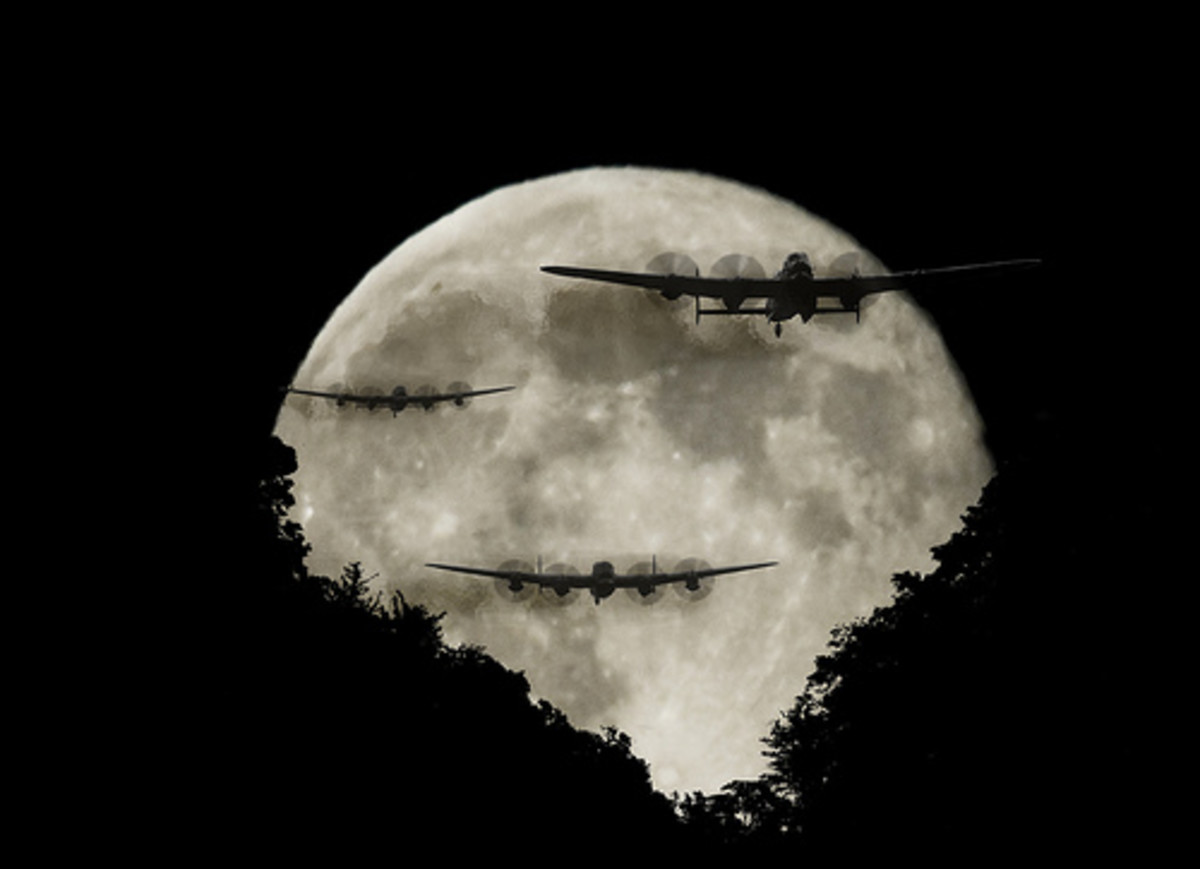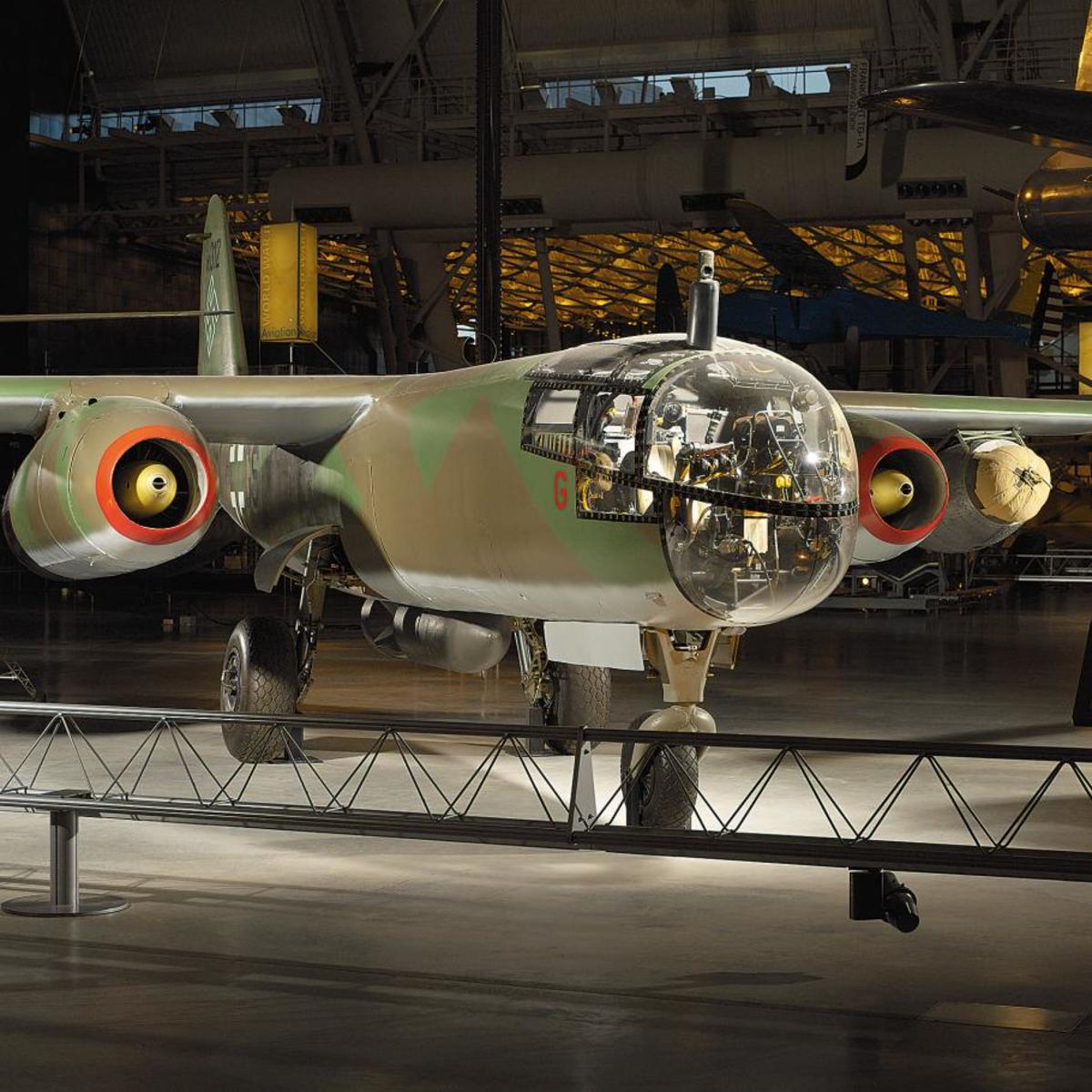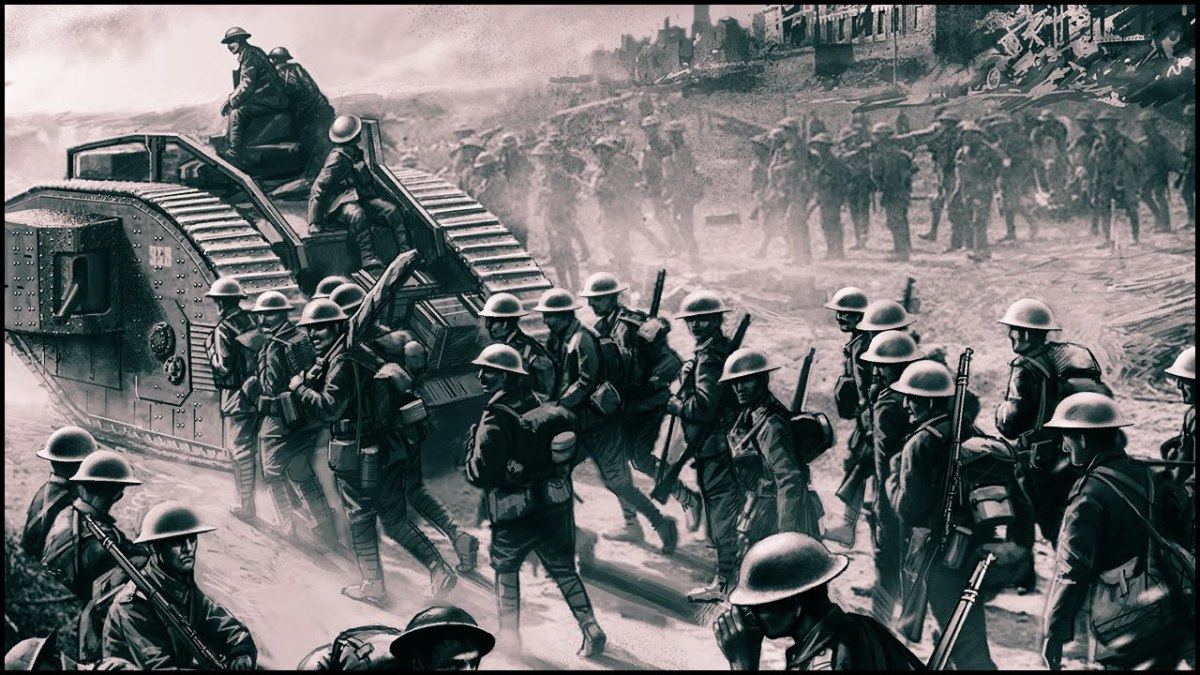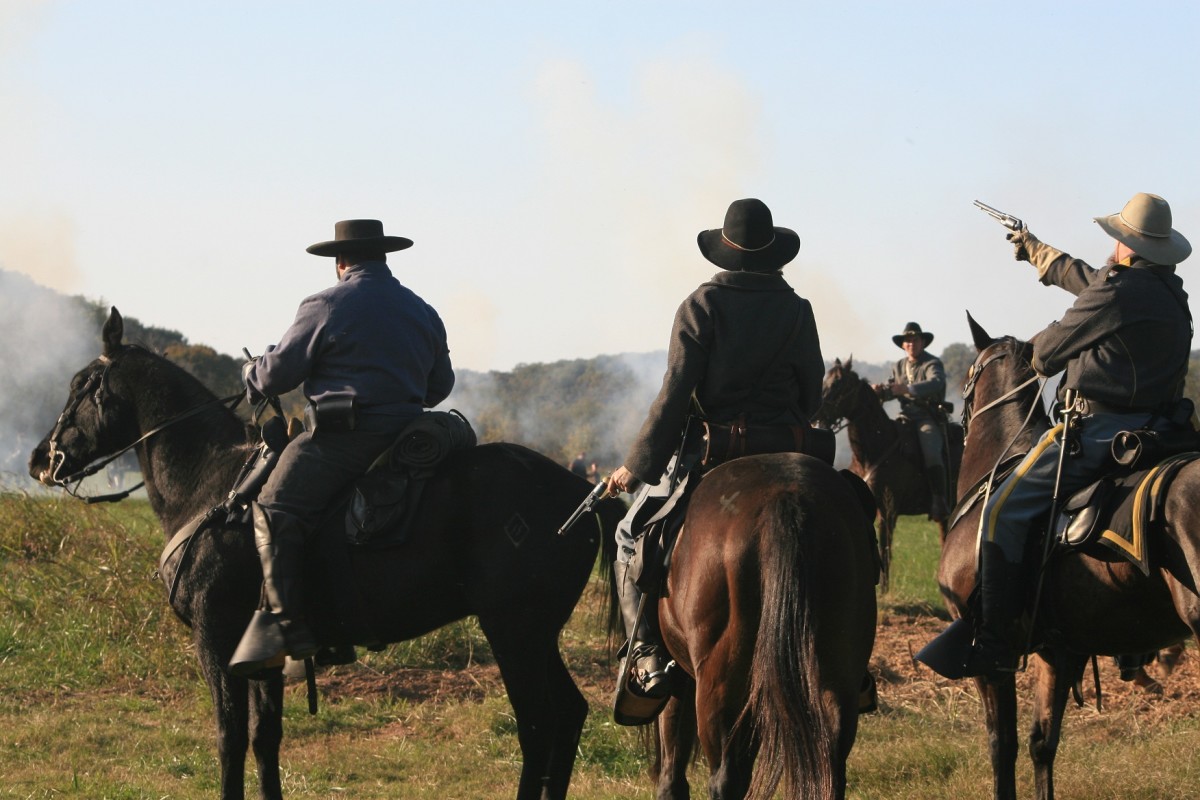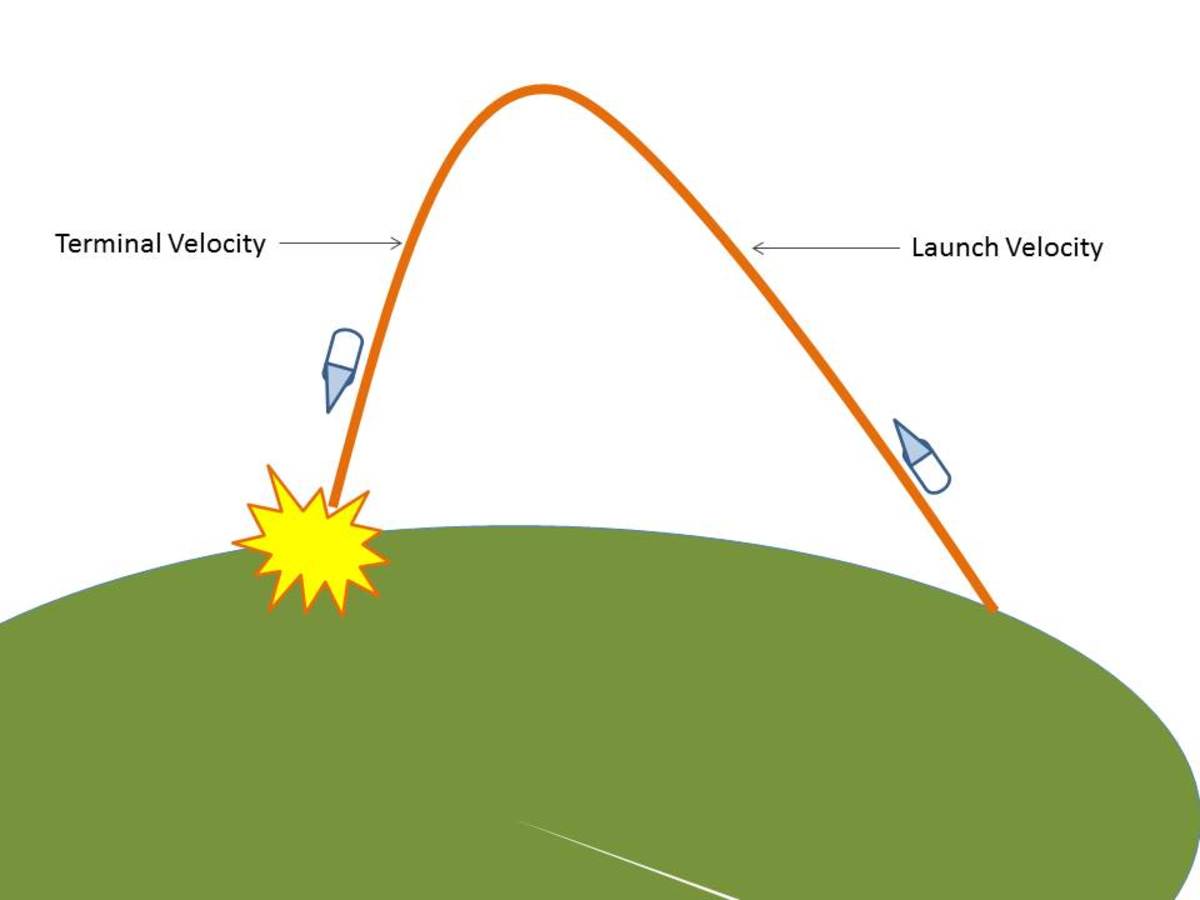- HubPages»
- Education and Science»
- History & Archaeology»
- Military History
The Martin B-10 Bomber
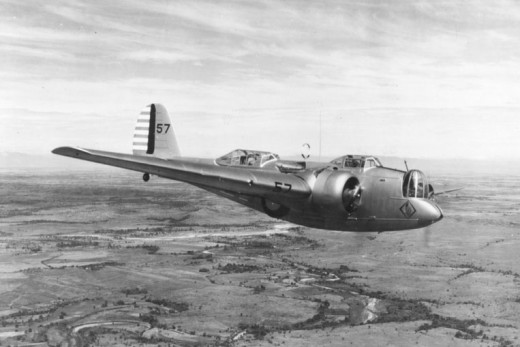
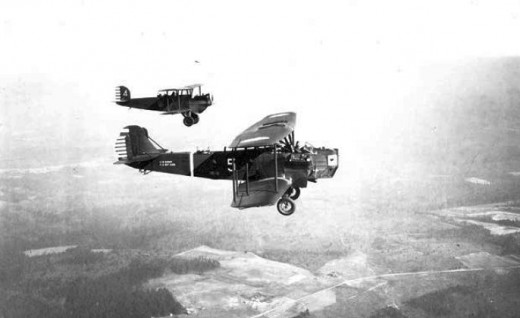
The First Modern American Bomber
In the interwar years the bomber fleets of the world's air forces consisted of machines that resembled those used in the Great War. The United States Army Air Corps (USAAC) was no exception. Planes such as the Martin MB-2 and the widely used Keystone types were biplanes with extensive strut and wire bracing and open cockpits and gun positions. These aircraft, which could achieve a speed of just barely over 100 miles per hour, formed the backbone of the USAAC's bomber strength throughout the 1920s.
In 1932 the first of a new generation appeared, the Martin B-10. A radical departure from its predecessors, the B-10 was the first all-metal monoplane bomber produced by American industry.
The bomber carried a defensive armament and bomb load comparable to the old biplane designs. Its performance, however, was a leap forward. The B-10 could fly nearly twice as high as the B-4, its immediate predecessor, and at more than double the speed. In fact, the bomber was considerably faster than the fighter types alongside which it served.
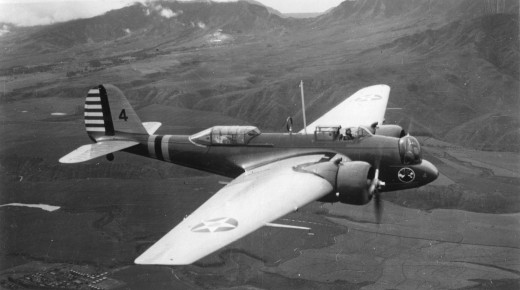
Design and Entry into Service
The genesis of the B-10 was undertaken as a private project by the Glenn L. Martin Company. Designated the Model 123, the design retained certain features of previous designs, such as the open crew compartments. Innovation was not limited to the monoplane planform or the all-metal construction, but also included a retractable undercarriage and an internal bomb bay. It first flew in February of 1932 and was shortly thereafter handed over to the Army for evaluation.
Following the test program the aircraft was rebuilt and sent back to the army with the new designation XB-10. The major design changes included full engine cowlings, more powerful engines, an enclosed nose gun turret, and an increased wingspan. During trials, the XB-10 achieved a speed exceeding that of contemporary fighter aircraft. Following a few more modifications, the prototype was accepted and an order was placed for 48 of the aircraft. Deliveries to Wright Field began in November of 1933. Another 103 examples of an upgraded model, designated B-10B, was ordered in 1935. Improvments included the addition of an autopilot system, constant-speed propellers, wing flaps, and de-icers.
B-10s served the following Army units:
- 19th Bomb Group, based on March Field, Moreno Valley, California
- 2nd Bomb Group, based on Langley Field, Hampton, Virginia
- 9th Bomb Group, based on Mitchel Field, Garden City, New York
- 6th Composite Group, Panama Canal Zone
- 4th Composite Group, serving in the Philippines
B-10s remained in service with the USAAC until 1938. However, advances in technology and design had become so rapid that the type, revolutionary in 1932, was thoroughly outdated by the end of the decade. By 1940 the few remaining examples in Air Corps colors were relegated to secondary duties such as target-towing. No B-10s or variants in American service was combat in the Second World War.
Vital Stats
This data is for the B-10B model.
- Manufacturer: Glenn L. Martin Company
- Date introduced: 1935
- Crew: 4 men, pilot, co-pilot/radioman, bombardier/gunner, rear gunner
- Power Plant: Two Wright Cyclone 9-cylinder radial air-cooled engines generating 775 horsepower each
- Wingspan: 70 ft 6 in (21.49m)
- Length: 44 ft 9 in (13.63m)
- Height: 11 ft 5 in (3.48m)
- Maximum Speed: 213 mph (343 km/h)
- Range: 600 miles (960 km)
- Ceiling: 24,200 ft (7300 m)
- Defensive Armament: 3x.30 caliber machineguns, mounted in nose, dorsal, and ventral positions
- Bomb Load: 2,250 lb (1025kg)
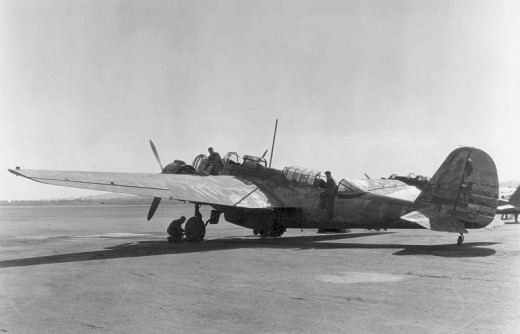
B-12 Models
It was the practice of the Air Corps of the time to assign unique series numbers to existing designs powered by different engines. The YB-12 and B-12A were simply B-10s fitted with Pratt & Whitney Hornet engines rather than the Wright Cyclones. This yielded only a very marginal improvement in performance. In addition, provision was made for a 265 gallon fuel tank to be carried in the bomb bay, greatly increasing the plane's range. The aircraft were virtually indentical in all other aspects.
A small number of these B-12As were converted into floatplanes. These were employed on coastal defense and maritime patrol duties. It proved very suited to this modification, even setting a world speed record for seaplanes in 1934.
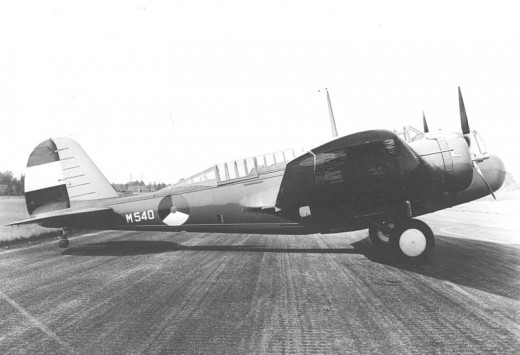
Variants Designed for Export
In addition to the machines in US service, the Martin company built a number of modified versions of the basic B-10 for other air forces, which kept the factories producing well into 1939. As the US Army owned the design, export of the type was allowed only after the last US examples were delivered in 1936. These came in two versions, the 139W and the 166.
One hundred of the the Martin Model 139W were built for the forces of Argentina, China, Turkey, Siam, and the Netherlands. The Chinese planes were the first modern American-built planes to see combat, operating against the invading Japanese forces in 1937. Attacks were made against the Japanese fleet, and leaflet raids were even mounted on Japanese citied. However, the overall record of the Chinese B-10s was less than glorious; most were destroyed on the ground.
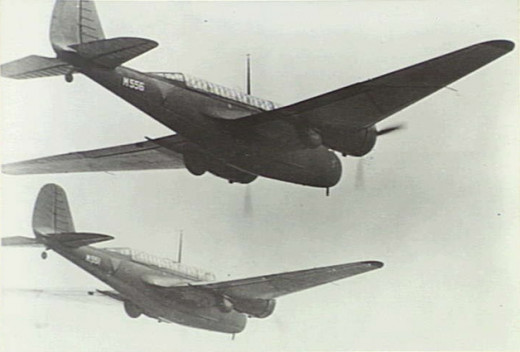
The Model 166 was built for the Royal Netherlands Air Force, to be used in the Netherlands East Indies. It differed from the base design by having a revised wing and nose design, a single canopy, more powerful engines, and provisions for an externally carried bombload. This allowed range to be sacrificed in order to double the effective payload. Eighty-two Model 166s were produced in two batches, the last being delivered in early 1940. These aircraft were perhaps the best medium bombers in the Pacific theatre at the time. They fought in the doomed defense of the Dutch colony against the Japanese in early 1942.
You May Also Like
- The Ansaldo A.1 Balilla: Italy's First Fighter Aircr...
The Ansaldo Ballila began the tradition of thoroughbred Italian fighter aircraft. This nimble plane was among the fastest of its day. - The Renault FT: The First Modern Tank
The Renault FT established the classic form of the tank. This WWI design served with many countries and formed the basis of every major armored force in the world.

